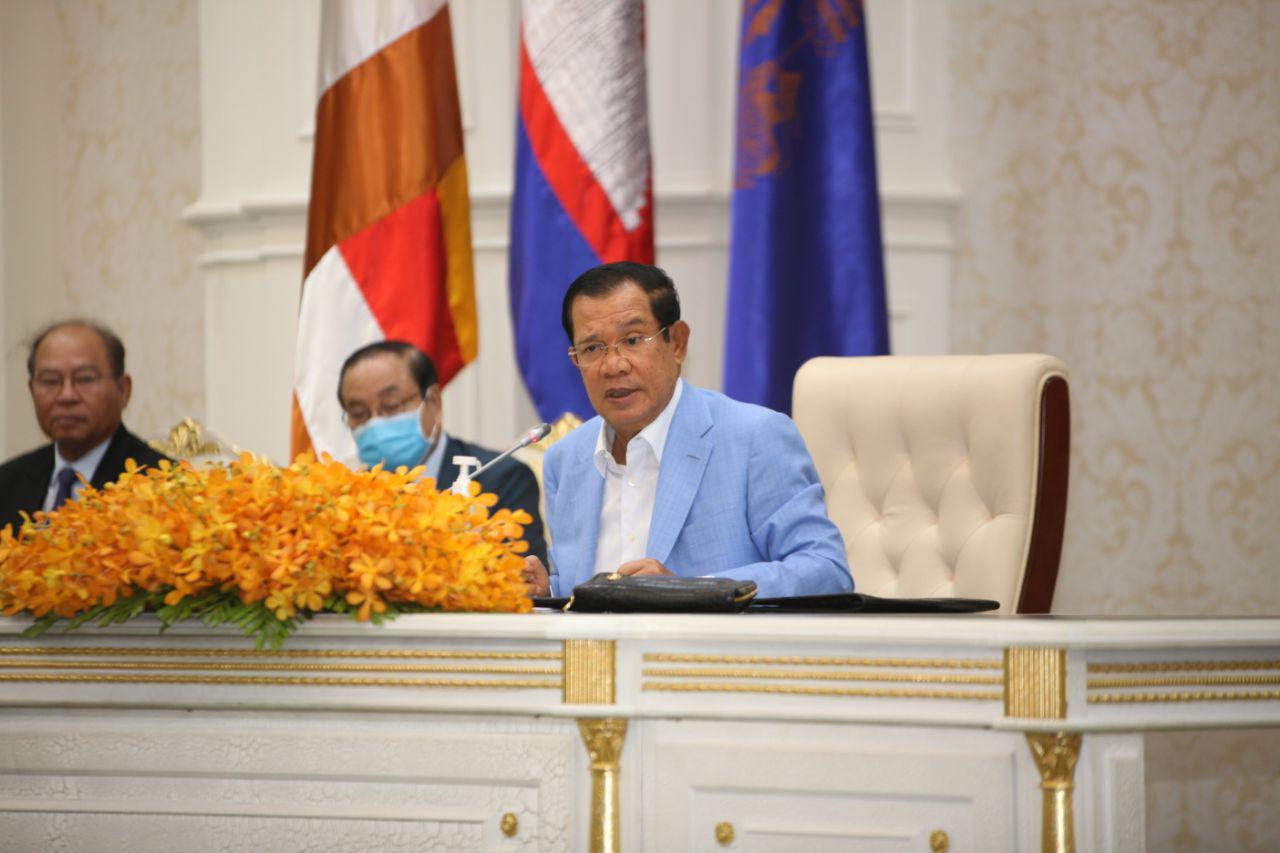The myth of the Angkor sacred turtle
 The turtle sculpture is believed to have been placed as an offering in the temple's foundation. Apsara Authority
The turtle sculpture is believed to have been placed as an offering in the temple's foundation. Apsara Authority
The recent unearthed turtle stone statue at Srah Srang reservoir at Angkor, calls for a visit into the mythology of this sacred reptile, in the context of Angkorian culture.
In many ancient civilizations, people worshipped many animals as a reincarnation of divinities. Among them, the turtle is a common one, which is considered as a sacred reptile that represents the universe in ancient Chinese and Indian cultures.
They symbolise longevity, power and fertility. The other Sanskrit term for turtle is Kashyapa, which is the ancestor of all living creatures including plants.
Indeed the choice of the turtle as an animal-icon by the ancients seems logical, because of the robustness of their thick carapace and longevity – as their lifespans can go beyond 100 years. Like the Chinese say: “The white crane lives 1,000 years and the turtle 10,000 years”.
They are worshiped also because some believe that they symbolise wisdom and knowledge. They embody the ocean, the moon, the earth, time, and immortality.
The ancients believe that the magical power of turtles was most likely associated with the creation of the world,because of their power to bear the burden of the world, similar to Atlas in Western mythology.
As such, sacred turtle representation is common at Angkor. They appear either as large carved stone statues, like the one that was unearthed recently at Srah Srang, or small votive sculptures when they are used as offering at the foundation of many temples. But the best representation containing a sacred turtle is in the form of narrative bas-reliefs – carvings on the walls of Angkor Wat that tell mythical stories.
“Churning of the ocean of milk” known in Sanskrit as the Samudra Manthana, is narrated in various ancient Sanskrit sacred texts about Hindu mythology. They explain the origin of the Amrita, the famous nectar of immortality. Texts such as the Ramayana, Mahabharata and Vishnu Puranas were read by scholars of the royal court of ancient Angkor. They are represented as bas-reliefs of Angkor Wat with the largest one (48.5 by 2.4 metres) shown on the wall of the third enclosure of the temple. Smaller scenes are represented at the Southwest corner pavilion and at the southern gateway of the cruciform pavilion.
The protagonists and elements of this legend include the Mount Mandara as the churning post, four-armed Vishnu holding the Naga Vasuki playing the role as the rope around the post for the churning, which is operated by the Devas and Asuras at opposite sides of the post. The Mount Maranda is supported by Kurma Raja or Turtle King serving as a stabiliser, during the millennial churning process to release the Amrita under the divine control of Lord Vishnu. In this sacred endeavour, Turtle King as a powerful avatar of Vishnu, symbolises the sacred and creative power ultimately needed to generate the Amrita.
During the reign of King Suryavarman II, a legend combining ocean and mountain was believed to be the foundational myth that inspired the building of Angkor Wat, as a temple to worship Lord Vishnu. Angkor Wat was a “temple mountain”, symbolic of the cosmic Mount Meru. This five-tiered temple at the centre of the universe was said to be surrounded by a moat representing cosmic oceans including the “ocean of milk”.
Beyond its roles on the sacred legends of Angkor, turtles serve many other purposes in the belief system of modern Cambodia. Turtle release in religious rituals to gain merits is still common and were conducted at the royal court and various Buddhist temples of the Kingdom. Oddly paradoxical, in modern Cambodia and many other Asian countries, turtles have lost their sacred status and have sadly turned into a mere meat ingredient for soup, to boost longevity. The appetite for these shelled reptiles has fuelled an intense illegal wildlife trade that threatens their survival. The recent unearthing of the sacred turtle at the Srah Srang excavation site is a powerful reminder that Kurma Raja, our Turtle King, was worshipped as a guarantor of the grandeur and immortality of our great Angkor civilization. This symbol of our glorious past may inspire a revival of spiritual respect towards Kurma Raja by modern Cambodians and contribute to the protection of this endangered species.
Chhem Rethy, MD, PhD (Edu), PhD (His), Honorary Distinguished Fellow, Asian Vision Institute
Credited: Khmer Times






